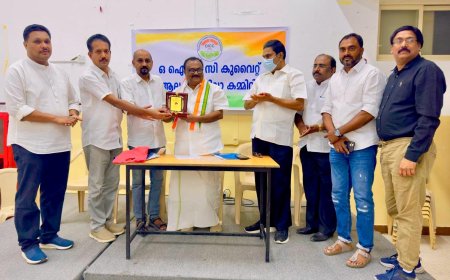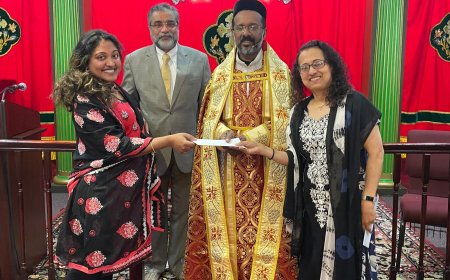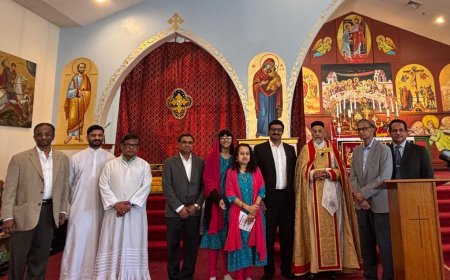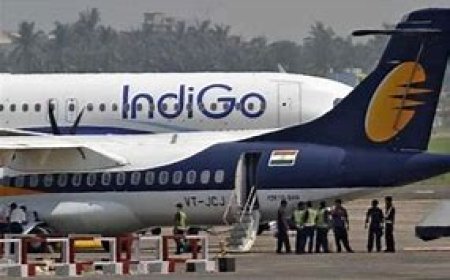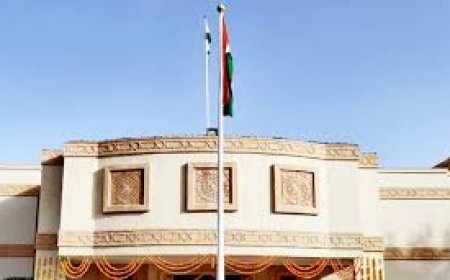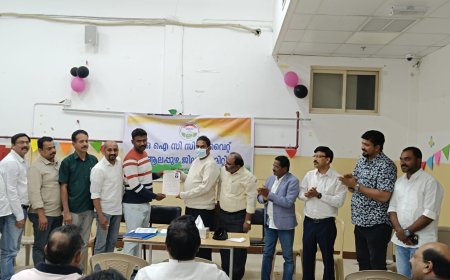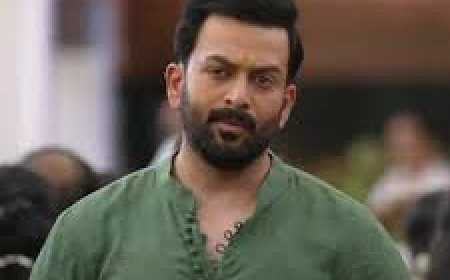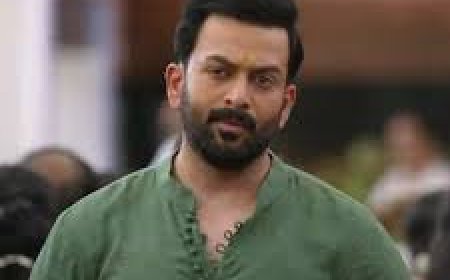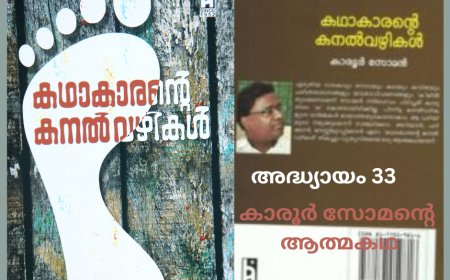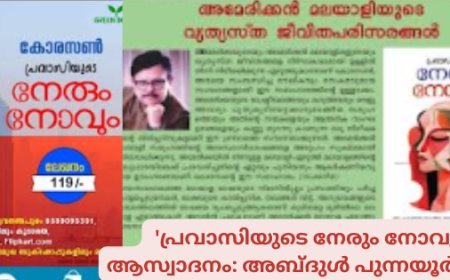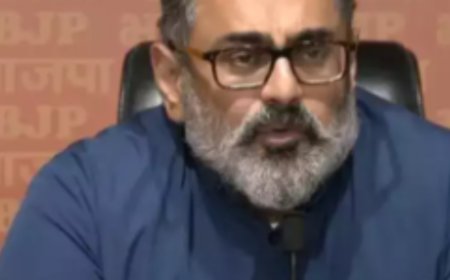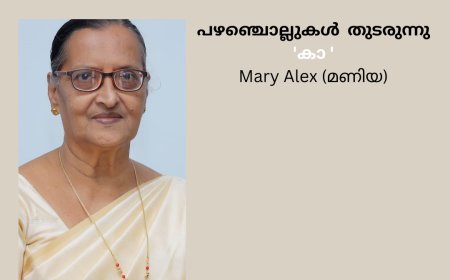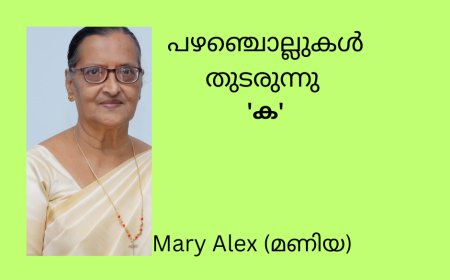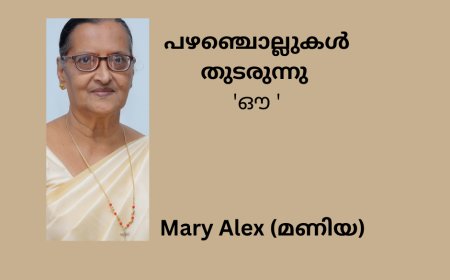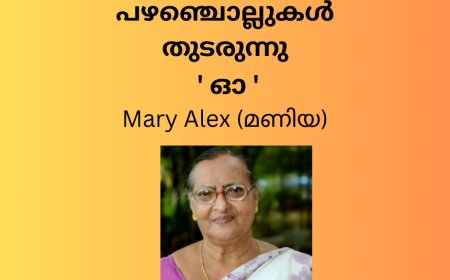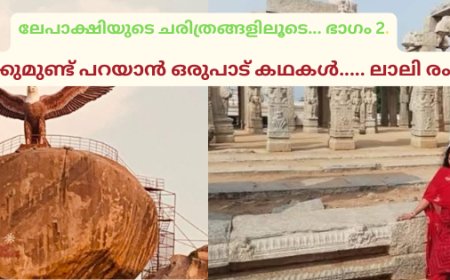Rajeev Chandrasekhar’s entry as BJP’s Kerala chief reveals new political playbook
The Bharatiya Janata Party's choice of Rajeev Chandrasekhar, a technocrat and entrepreneur, as Kerala's state unit president represents more than a routine leadership change. A calculated multi-layered political gambit, Rajeev Chandrasekhar's elevation reveals the BJP's desire to speed up the process of altering the state's political landscape, which remains resistant to its ideological narrative.By choosing a high profile businessman-turned-politician, the BJP is moving beyond polarising rhetoric to a more nuanced engagement with the state's complex social and political landscape. Rajeev Chandrasekhar, who gave Sashi Tharoor run for his money through a closely contested poll in the Thiruvananthapuram Lok Sabha election, might be politically inexperienced but has the image of being a visionary CEO-like figure. His mandate would be to counter the developmental narrative set by Pinarayi Vijayan, who is likely to lead the CPI(M)-led Left Democratic Front (LDF) for a third time as the state moves into election mode in 2026. Rajeev, like Suresh Gopi who won from Thrissur, also provides the party with a dominant caste face acceptable to a demographic that includes Nairs and elite Christians, who have moved closer to the BJP, while helping the organisation paper over the simmering factionalism.A senior BJP leader, speaking to TNM, remarked, “Why has Shashi Tharoor been elected in Thiruvananthapuram for so many years? Because of his elite, sophisticated image along with a few other factors. It was proven that a personality with such an image is necessary for the current Kerala politics. Rajeev Chandrasekhar can satisfy that.” As Rajeev takes charge, he has made his political ambition clear: to bring the BJP to power in Kerala. “I will return only after bringing the party to power,” he declared in his first speech after assuming the role. Rajeev’s entry is likely to force the Congress party in the state to re-orient its strategy lest the next Assembly election be seen as a fight between Pinarayi Vijayan and Rajeev Chandrasekhar, two figures who carry considerable political heft.Veteran journalist and political analyst MG Radhakrishnan notes that Chandrasekhar’s image as a cosmopolitan, articulate, and non-traditional politician aligns with a growing section of voters who distance themselves from conventional political structures.“Rajeev Chandrasekhar has the image of a cosmopolitan, articulate, urban, and non-traditional politician. There is a section of the community in Kerala that favors these traits—people who distance themselves from the state’s traditional political landscape. There is also a perception that a significant section within the Christian community resonates with these attributes. This apolitical segment of society is seen as an indication of a ‘post-politics’ era,” Radhakrishnan said.Kerala’s increasingly consumerist and upwardly mobile society is witnessing a shift where voters prioritize problem-solving technocrats over ideological loyalties, he said. This change was evident in Thiruvananthapuram during the last Lok Sabha elections when Chandrasekhar gave Congress MP Shashi Tharoor a tough fight.J Prabhash, senior political analyst, said, "There is strong anti-incumbency as the Left has been in power for the last 10 years. Congress's main limitation is its internal groupism and lack of a cohesive force. The key question is: who will capture the votes against the Left government?”Prabhash said a section of these votes could go to the BJP with Rajeev's entry, but it also depends on how effectively he strengthens the party organization. “Until now, the BJP has not been a strong contender in Kerala or posed significant competition. The party has largely remained in an "also-ran" position. Rajeev's biggest challenge is to transform the BJP’s image into that of a serious political force in Kerala. If he succeeds in doing this, the BJP may not come to power in the next election, but it could emerge as a strong challenger,” he said.According to Radhakrishnan, the BJP’s strategy with Chandrasekhar is twofold: appealing to the apolitical section, particularly among Christians, while also strengthening its support among the Hindu Nair community. “The BJP believes Rajeev Chandrasekhar can appeal to the apolitical section of the Christian community while also attracting segments of the Hindu community that align with caste-based supremacy and elite aspirations,” he said.Historically, the BJP’s leadership in Kerala has been dominated by figures from the Ezhava-Thiyya community, like former state presidents K Surendran and V Muraleedharan. Radhakrishnan pointed out that the Nair Service Society (NSS), which represents the influential Nair community, has not always been aligned with this leadership. While the NSS maintains an outwardly neutral stance, he noted, it has shown signs of shifting ideologically toward Hindutva.The BJP has already made inroads among Ezhava voters through the Bharath Dharma Jana Sena (B

THE Bharatiya Janata Party's choice of Rajeev Chandrasekhar, a technocrat and entrepreneur, as Kerala's state unit president represents more than a routine leadership change.
A calculated multi-layered political gambit, Rajeev Chandrasekhar's elevation reveals the BJP's desire to speed up the process of altering the state's political landscape, which remains resistant to its ideological narrative.
By choosing a high profile businessman-turned-politician, the BJP is moving beyond polarising rhetoric to a more nuanced engagement with the state's complex social and political landscape.
Rajeev Chandrasekhar, who gave Sashi Tharoor run for his money through a closely contested poll in the Thiruvananthapuram Lok Sabha election, might be politically inexperienced but has the image of being a visionary CEO-like figure.
His mandate would be to counter the developmental narrative set by Pinarayi Vijayan, who is likely to lead the CPI(M)-led Left Democratic Front (LDF) for a third time as the state moves into election mode in 2026.
Rajeev, like Suresh Gopi who won from Thrissur, also provides the party with a dominant caste face acceptable to a demographic that includes Nairs and elite Christians, who have moved closer to the BJP, while helping the organisation paper over the simmering factionalism.
A senior BJP leader, speaking to TNM, remarked, “Why has Shashi Tharoor been elected in Thiruvananthapuram for so many years? Because of his elite, sophisticated image along with a few other factors. It was proven that a personality with such an image is necessary for the current Kerala politics. Rajeev Chandrasekhar can satisfy that.”
As Rajeev takes charge, he has made his political ambition clear: to bring the BJP to power in Kerala. “I will return only after bringing the party to power,” he declared in his first speech after assuming the role.
Rajeev’s entry is likely to force the Congress party in the state to re-orient its strategy lest the next Assembly election be seen as a fight between Pinarayi Vijayan and Rajeev Chandrasekhar, two figures who carry considerable political heft.
Veteran journalist and political analyst MG Radhakrishnan notes that Chandrasekhar’s image as a cosmopolitan, articulate and non-traditional politician aligns with a growing section of voters who distance themselves from conventional political structures.
“Rajeev Chandrasekhar has the image of a cosmopolitan, articulate, urban, and non-traditional politician. There is a section of the community in Kerala that favors these traits—people who distance themselves from the state’s traditional political landscape. There is also a perception that a significant section within the Christian community resonates with these attributes. This apolitical segment of society is seen as an indication of a ‘post-politics’ era,” Radhakrishnan said.
Kerala’s increasingly consumerist and upwardly mobile society is witnessing a shift where voters prioritize problem-solving technocrats over ideological loyalties, he said. This change was evident in Thiruvananthapuram during the last Lok Sabha elections when Chandrasekhar gave Congress MP Shashi Tharoor a tough fight.
J Prabhash, senior political analyst, said, "There is strong anti-incumbency as the Left has been in power for the last 10 years. Congress's main limitation is its internal groupism and lack of a cohesive force. The key question is: who will capture the votes against the Left government?”
Prabhash said a section of these votes could go to the BJP with Rajeev's entry, but it also depends on how effectively he strengthens the party organization.
“Until now, the BJP has not been a strong contender in Kerala or posed significant competition. The party has largely remained in an "also-ran" position. Rajeev's biggest challenge is to transform the BJP’s image into that of a serious political force in Kerala. If he succeeds in doing this, the BJP may not come to power in the next election, but it could emerge as a strong challenger,” he said.
According to Radhakrishnan, the BJP’s strategy with Chandrasekhar is twofold: appealing to the apolitical section, particularly among Christians, while also strengthening its support among the Hindu Nair community.
“The BJP believes Rajeev Chandrasekhar can appeal to the apolitical section of the Christian community while also attracting segments of the Hindu community that align with caste-based supremacy and elite aspirations,” he said.
Historically, the BJP’s leadership in Kerala has been dominated by figures from the Ezhava-Thiyya community, like former state presidents K Surendran and V Muraleedharan.
Radhakrishnan pointed out that the Nair Service Society (NSS), which represents the influential Nair community, has not always been aligned with this leadership. While the NSS maintains an outwardly neutral stance, he noted, it has shown signs of shifting ideologically toward Hindutva.
The BJP has already made inroads among Ezhava voters through the Bharath Dharma Jana Sena (BDJS), a party with strong community ties, as evidenced in the last elections where a substantial number of Ezhava votes shifted from CPI(M) to the BJP in Alappuzha.
One of the first social media posts Rajeev Chandrasekhar on the day of his elevation was a quote from Sree Narayana Guru. With Chandrasekhar at helm, the party has high hopes of consolidating the Nair vote as well.
The BJP also thinks that despite a few controversial remarks, Rajeev Chandrasekhar is generally not seen as a polarising leader, which adds to his appeal across multiple sections of society.
MG Radhakrishnan believes this aspect of his personality makes him a strategic asset for the BJP in Kerala.
“His image helped him gain traction in Thiruvananthapuram, where no other BJP leader—except O Rajagopal, and that was long ago—has managed to make a significant impact,” he said, adding that Rajagopal, too, had an appeal beyond the party’s traditional base.
“Every other political party here has a grip on different communities through appeasement. Then why can't the BJP do the same? We will get hold of each section of society one by one,” the BJP leader told TNM.
Also read
https://www.thenewsminute.com/news/rajeev-chandrasekhars-affidavits-the-riddle-of-wealth-disclosure














